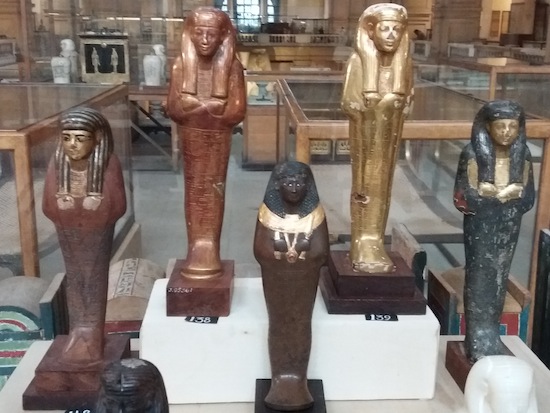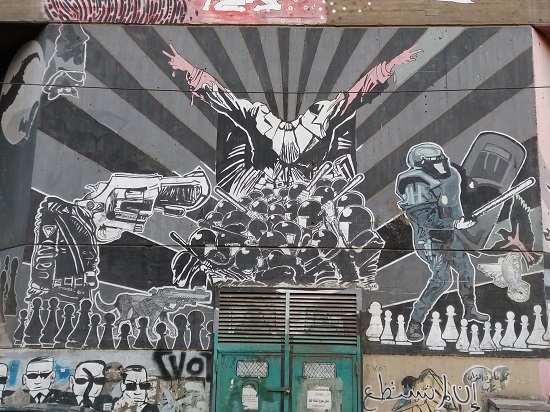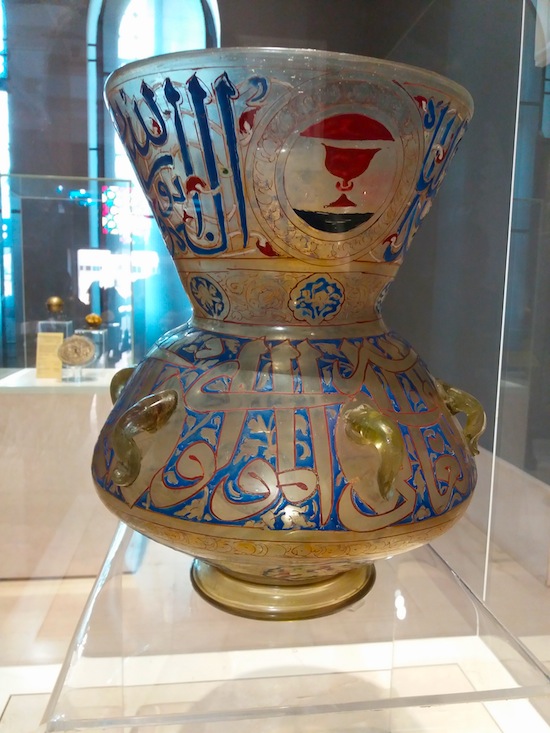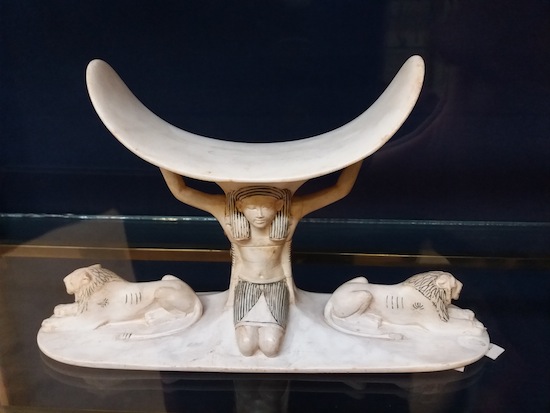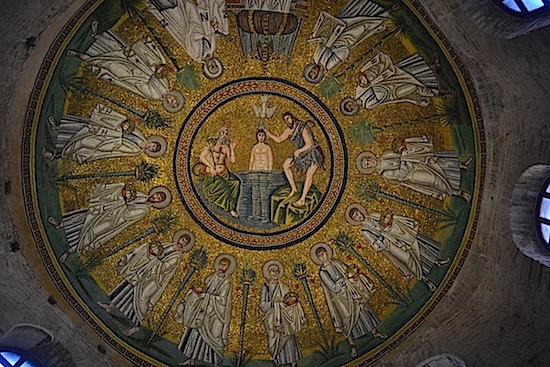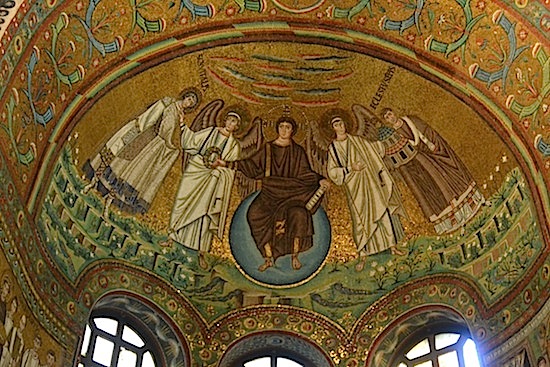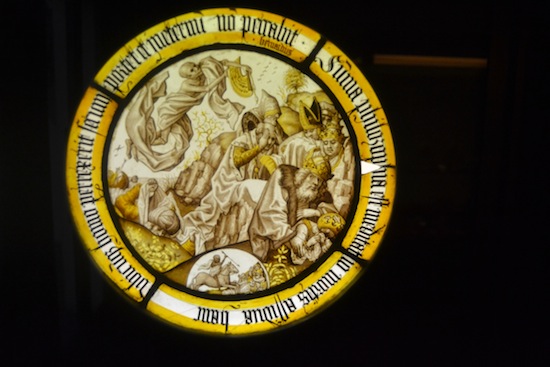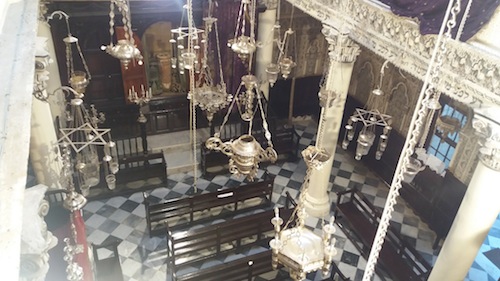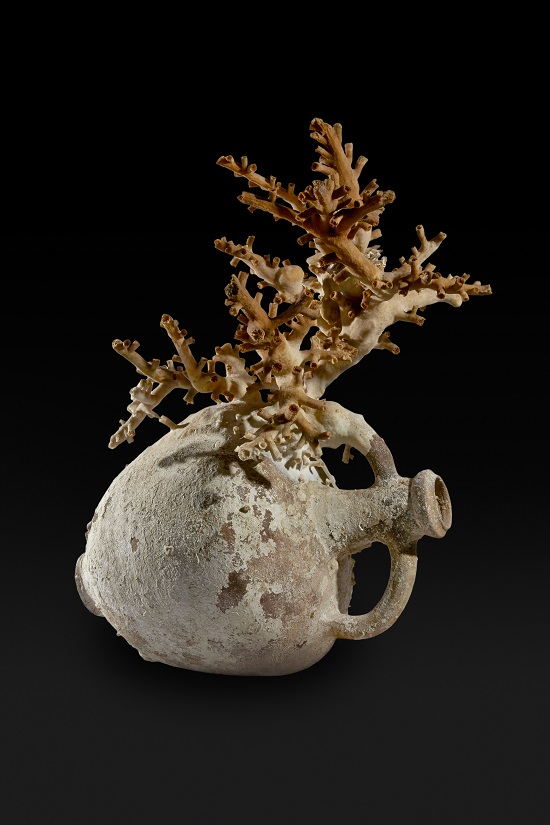A Fantastic Art Collection at the Museo Lázaro Galdiano, Madrid
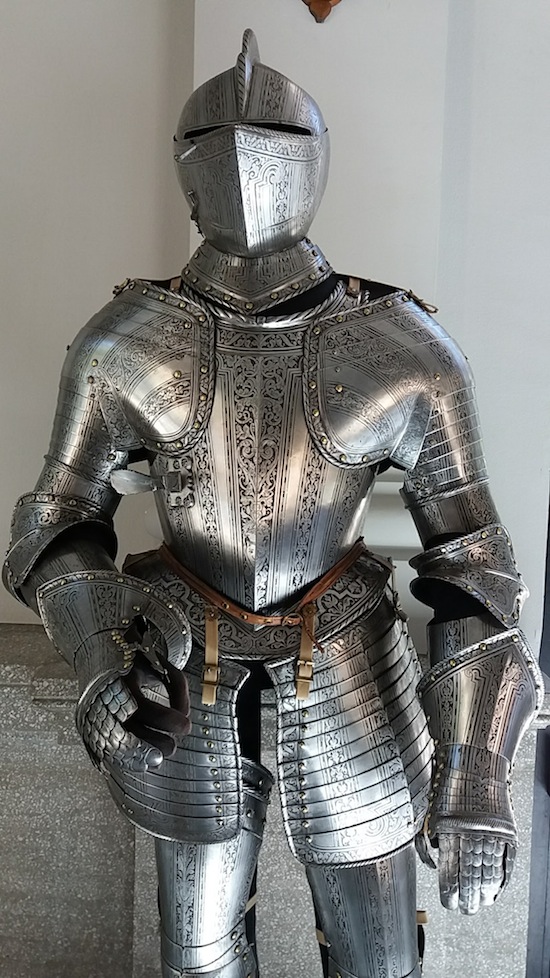
Madrid is famous for its world-class art museums, but residents to this city know of many more, smaller museums that are also worth a look. Some, like the Museo Cerralbo that I covered in a previous post, are private collections in mansions-turned museums. Another of these is the Museo Lazaro Galdiano, which is the product of a wealthy collector of that name from the turn of the last century. His mansion in central Madrid is filled with more than 12,600 works of art.
